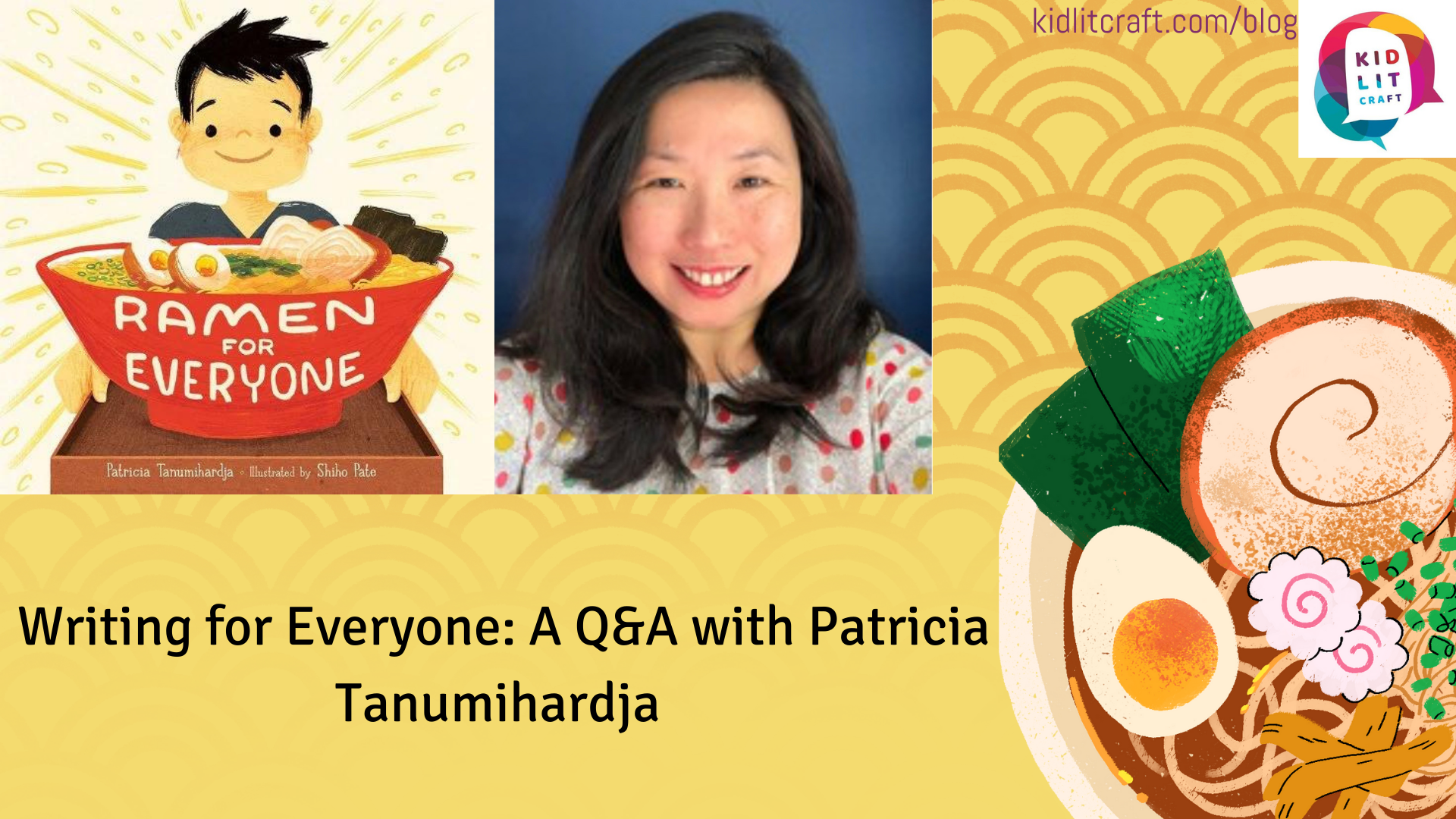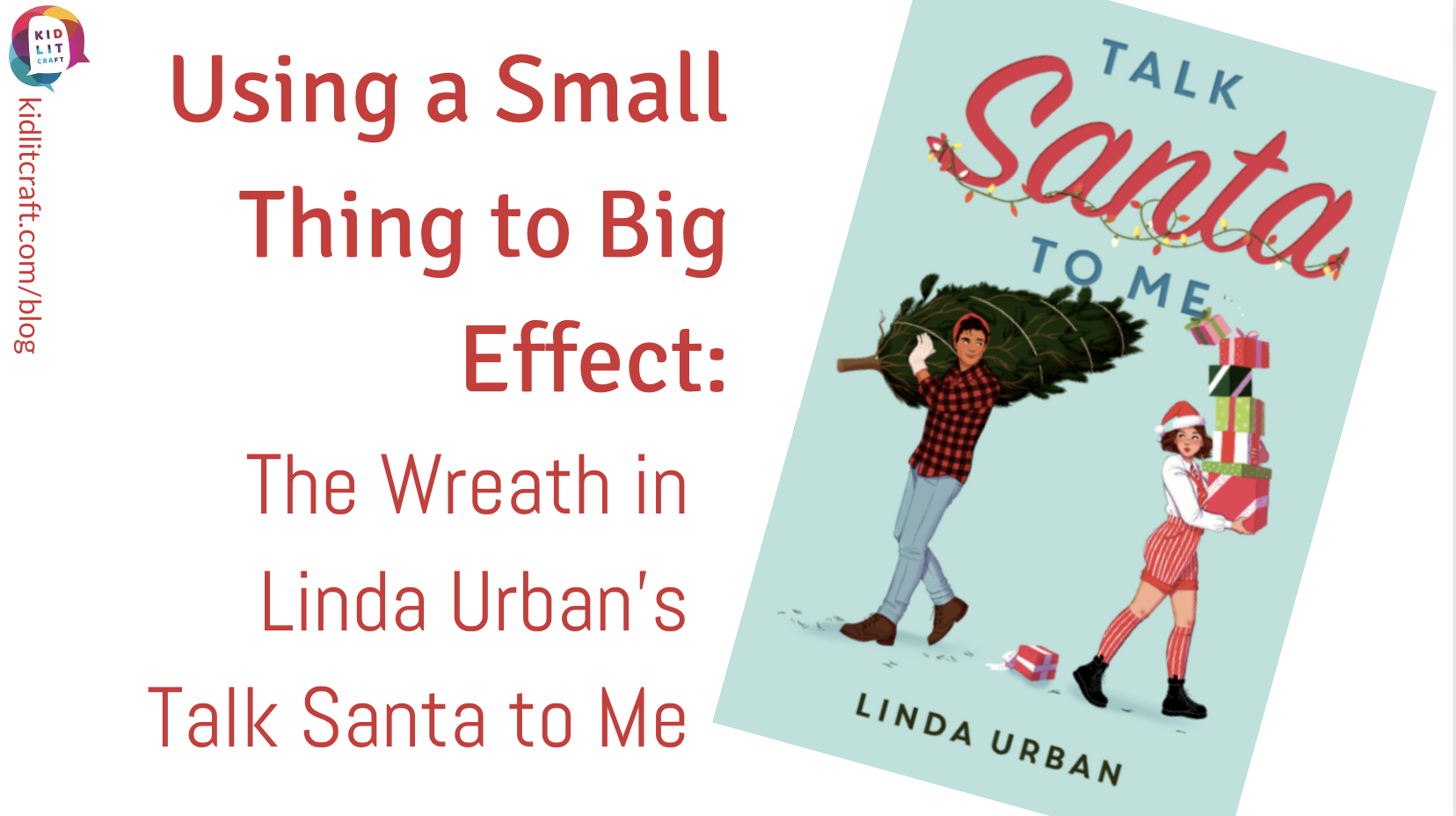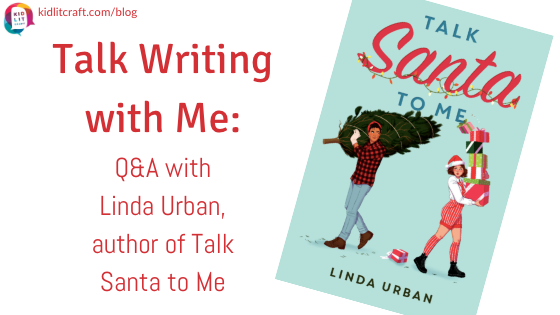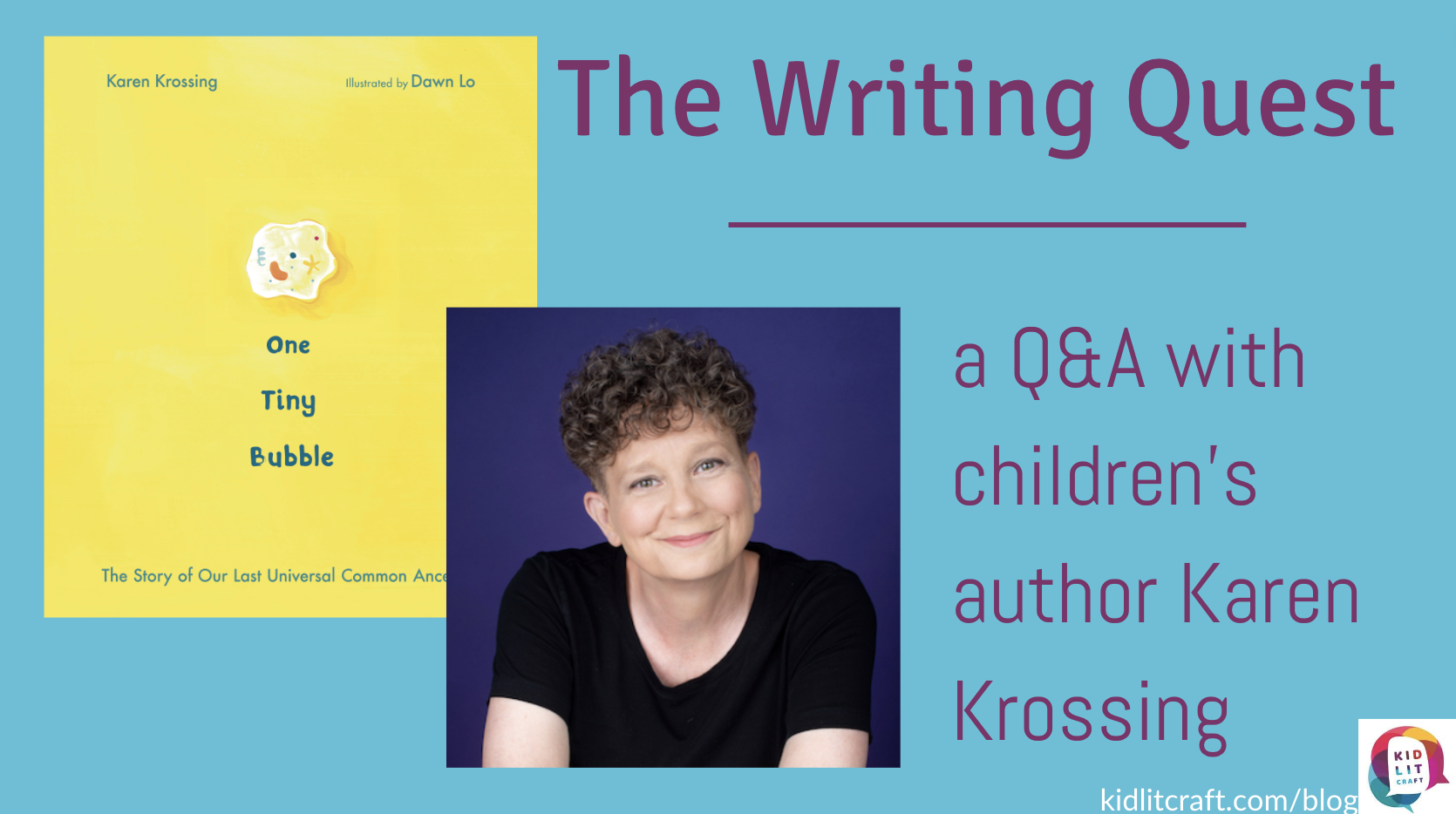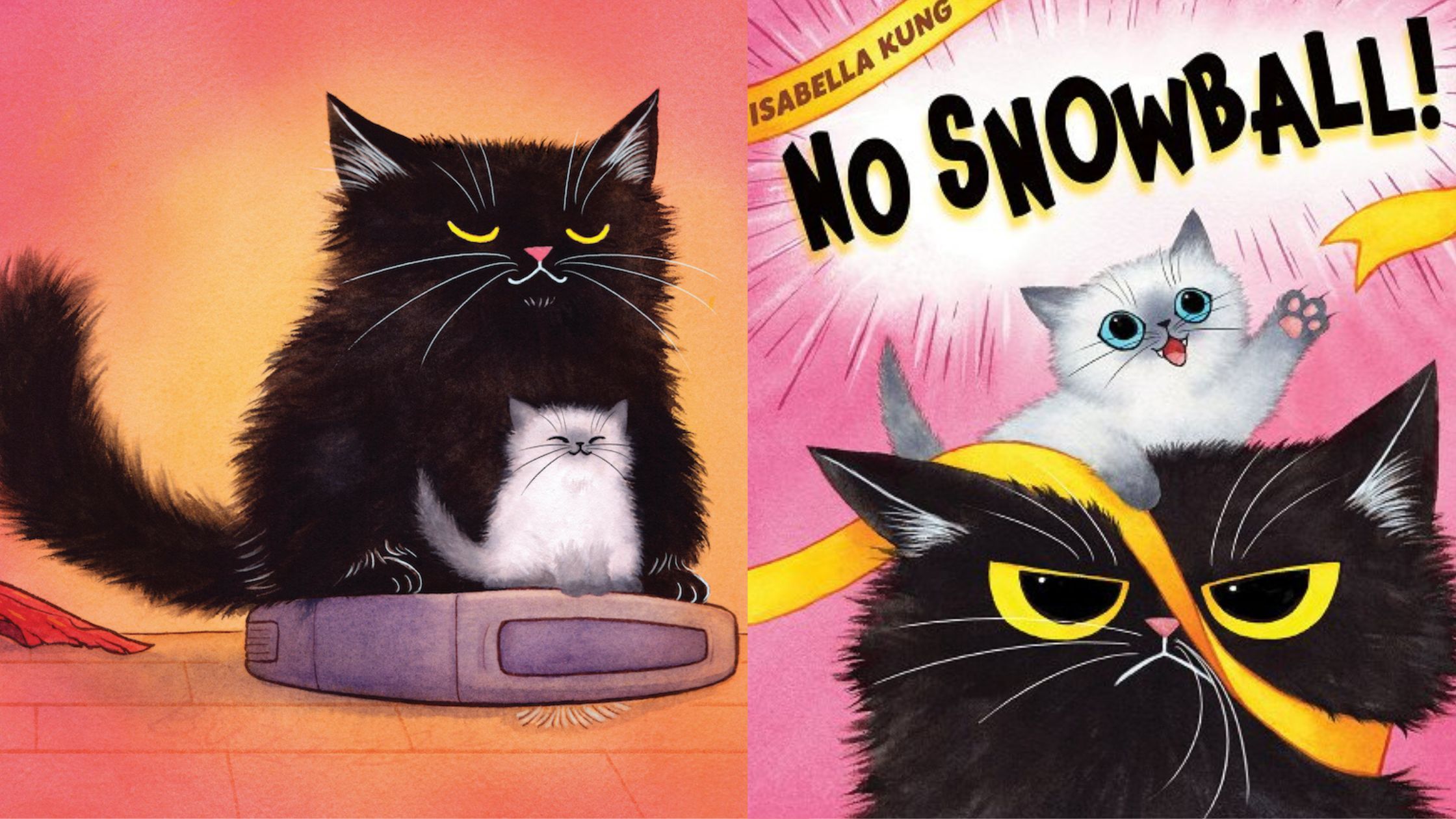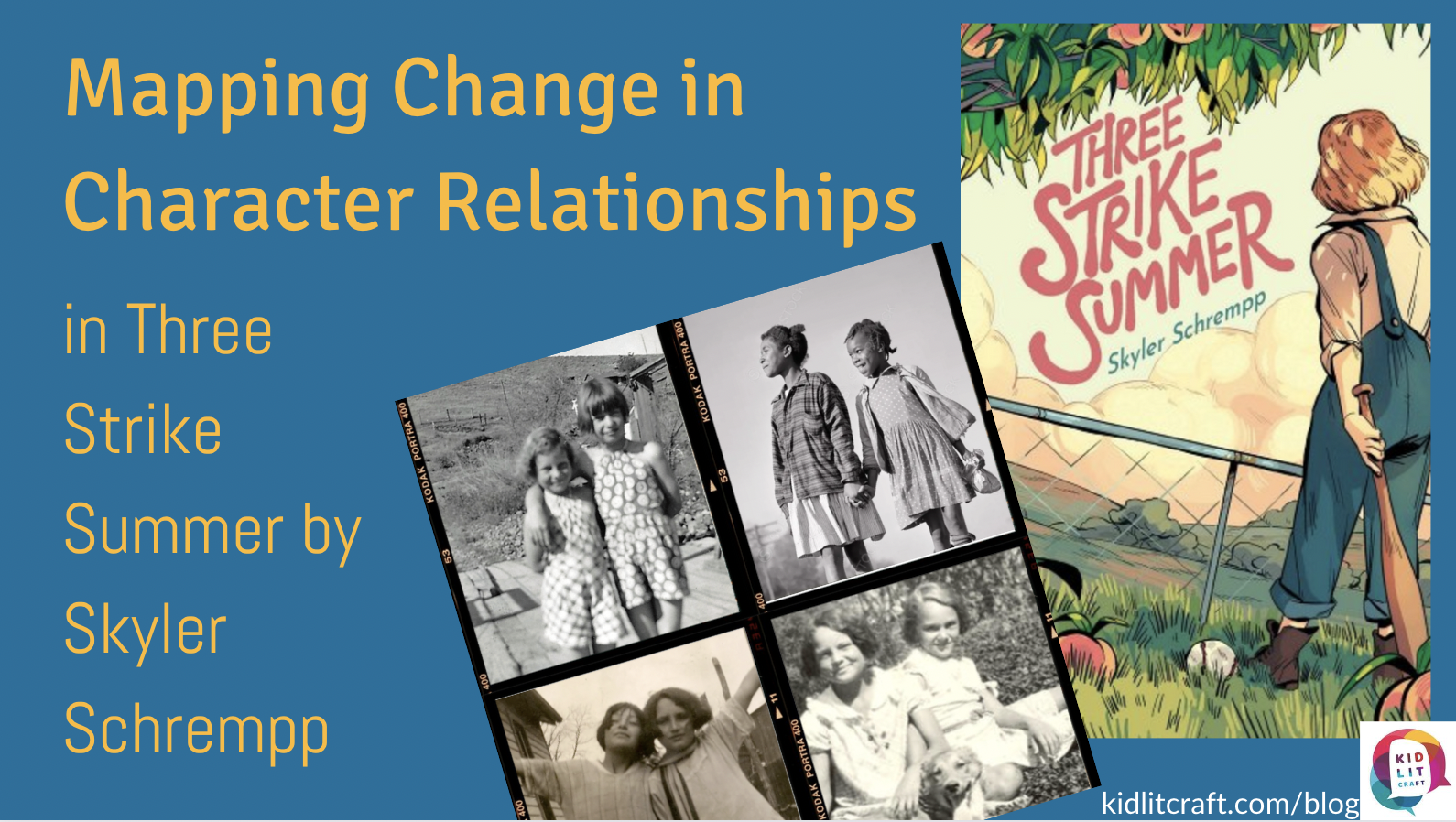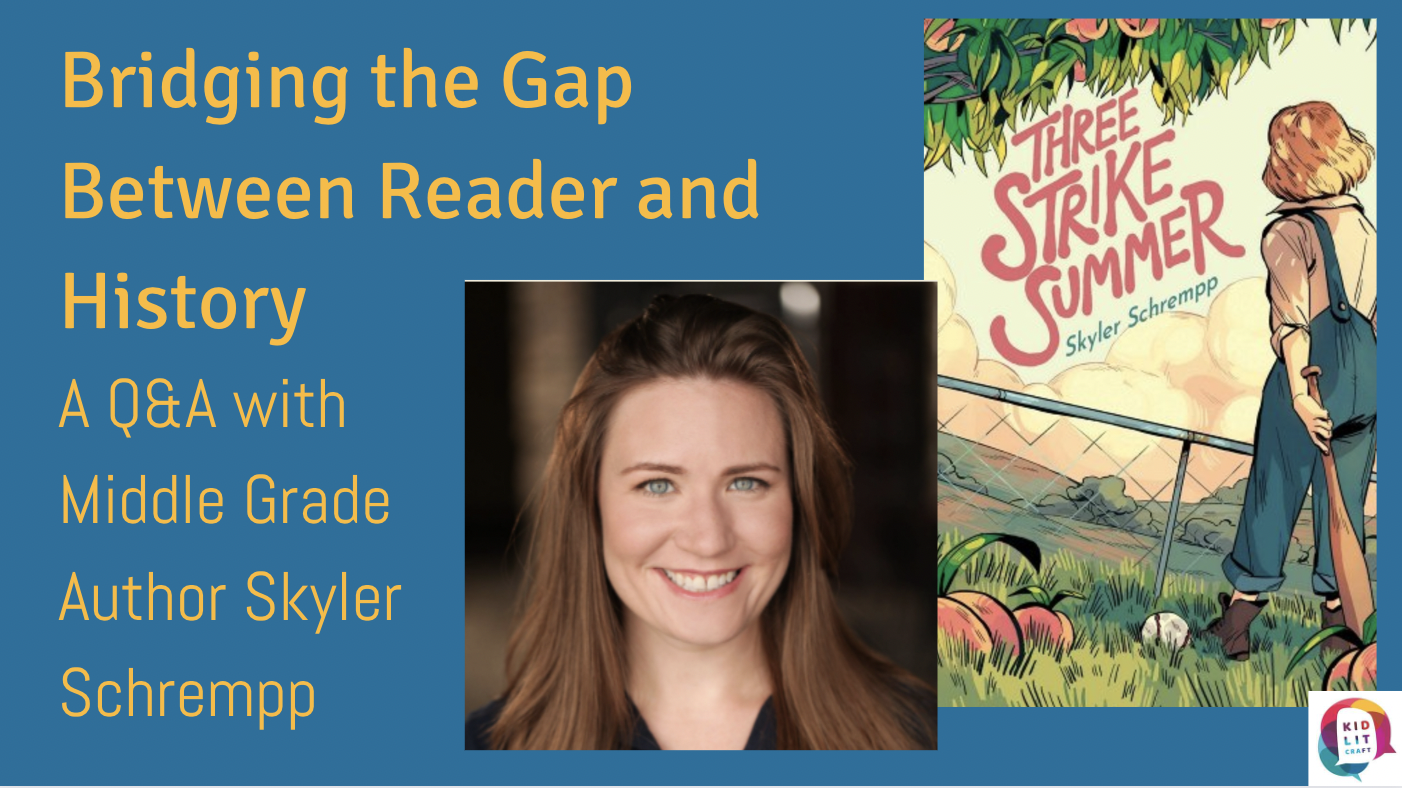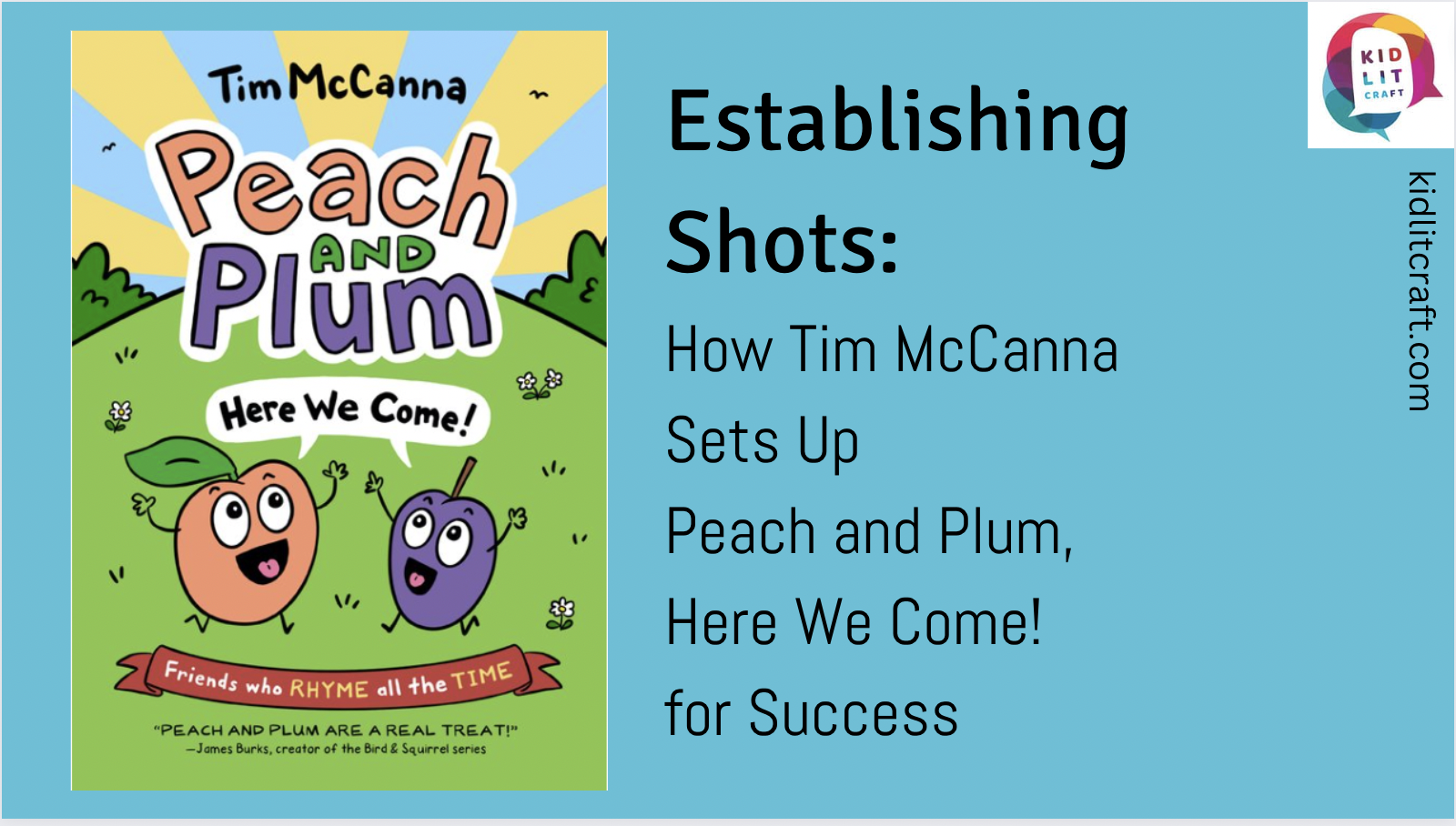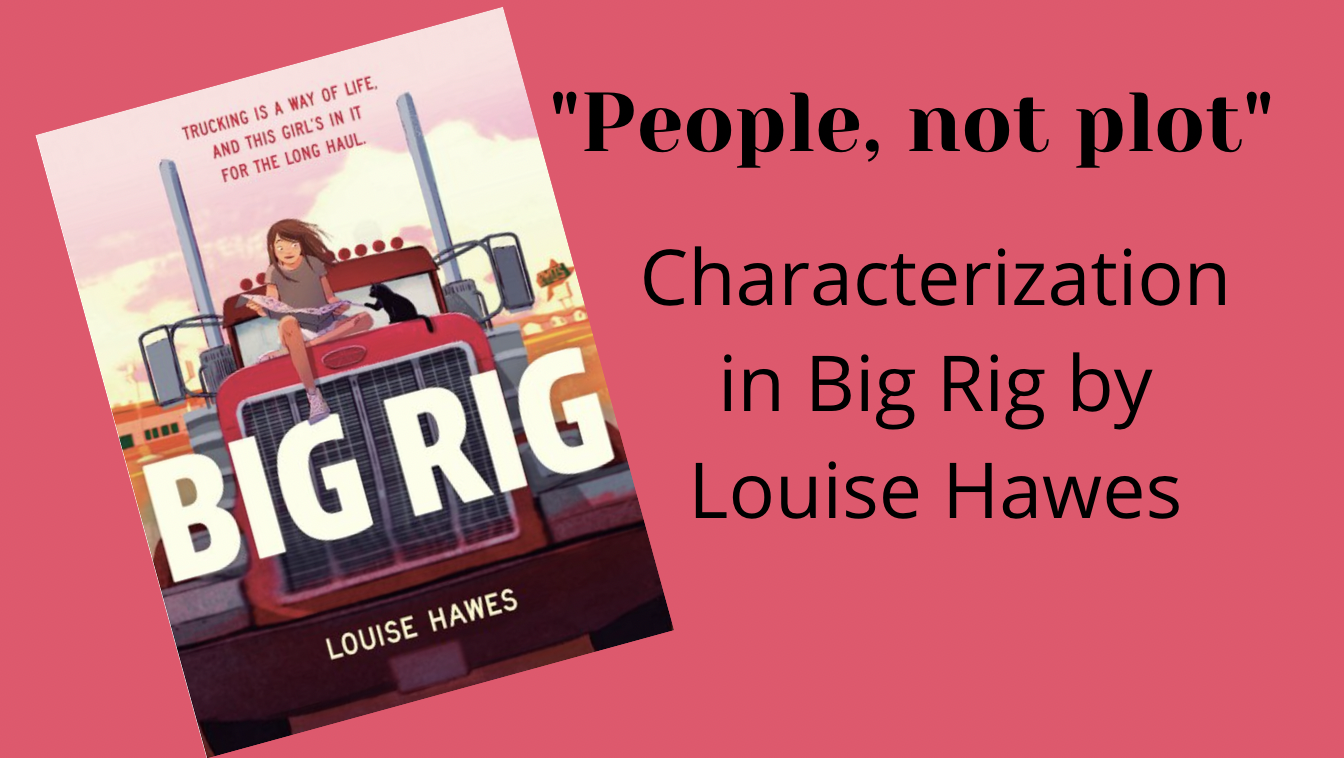hello!
JOIN US IN EXPLORING OTHERS' CRAFT AND BUILDING OUR OWN
“I focused on just his family members because I realized that I wanted to weave together themes of food and family, in particular the father-and-son relationship. Food has always been a very important part of my family, both when I was growing up and now that I have my own family. My mom liked to cook and it was her way of showing her love for us. Similarly, I like to cook my husband’s or son’s favorite dishes and/or add in favorite ingredients here and there, just because I want to show them I “see” them and I love them.”
Linda Urban’s stories are studded with angst, anguish, and hope, as well as problems, pathos, and humor. She is stellar at structuring stories so that something small, seemingly insignificant, becomes the integral to the climax and the protagonist’s understanding of the situation. In Talk Santa To Me, surprisingly, it’s a gaudy silver Christmas wreath that takes this hefty role.
“My feeling is that if we are true to where our particular characters are developmentally, experientially, and philosophically, and we write from that place, we can write work that will connect with readers.” –Linda Urban
Karen Krossing shares her publishing journey–it’s been a long and fruitful one!–as well as her exploration of writing in various categories, from YA to picture books, and details of her writing process.
Isabella Kung’s debut author-illustrator picture book NO FUZZBALL! is a masterclass in how to use dramatic irony to tell a laugh-out-loud comedic story using a well orchestrated combination of words and images.
I think in order to capture the essence of a person, an environment, or even an emotion, a creator must observe and try to learn all its nuances.
It can be argued that Skyler Schrempp’s debut novel, Three Strike Summer, is about baseball. Or poverty. Or migrants. Or summer. Or families trying their best to get by. Or unions. Or friendship. Or finding joy even in the hardships of life. And it is. It’s about all of these things, but my favorite part of the story is the story of sisters. Of Gloria and Jessamyn. Schrempp gives voice to a frustrating, loving, complicated relationship that grows, changes, and strengthens throughout the story.
Skyler Schrempp: “I once read that George R. R. Martin talks about writers as “architects” or “gardeners”. Architects plan everything out before building and gardeners plant a bunch of things and see what grows well. I guess I see myself as more of a gardener than a panster! Pantser implies you’re really winging it, but I feel very intentional when I write…and it’s slow…like gardening.”
In order to get early readers on board, Tim had to draw readers in from the very first page and show them what to expect from the book. His 38-word, two-spread introduction to the book is a master establishing shot that covers not just setting, but all the elements readers need to be pulled into a story.
In the spirit of Hazel’s focus on people, I want to examine how Hawes establishes such a large cast of memorable characters. In both the opening and in introducing new characters throughout the book, Hawes uses voice, descriptions, and mood to establish characters quickly.
